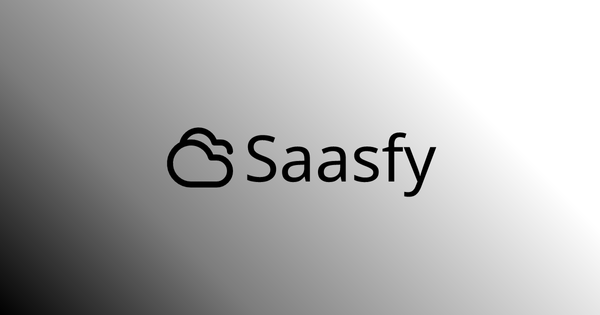Micro-frontend Architechture. Part 2.
We are continuing our adventure in the world of micro-frontends! Today, we'll discuss the tech stack we chose for our project. 🚀

We are continuing our adventure in the world of micro-frontends! Today, we'll discuss the tech stack we chose for our project. 🚀
Technology Choices 💡
After thorough analysis and discussions, we decided on Angular, Webpack, and Module Federation for micro-frontends and Nx for repository management. Here's why:



